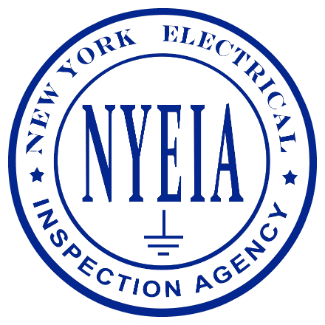With the adoption of the 2017 National Electrical Code (NEC), Arc-Fault Circuit-Interrupter (AFCI) protection is now required in more locations throughout the home. The following explains the types of AFCI protection allowed and the required locations around dwelling units.
For new construction, Section 210.12 (A) of the National Electrical Code states that all 120-volt, single-phase, 15- and 20-ampere branch circuits supplying all outlets must be Arc-Fault Circuit-Interrupter protected in the following dwelling unit locations:
Kitchens, Family Rooms, Dining Rooms, Living Rooms, Parlors, Libraries, Dens, Bedrooms, Sunrooms, Recreation Rooms, Closets, Hallways, Laundry Areas, or Similar Rooms or Areas.
Even though it is not listed, this includes finished basements because once the basement is finished, the area becomes one of the rooms listed above.
Adding to the confusion, most people assume that outlets are only plugs or receptacles. However, outlets is defined in Article 100 of the National Electrical Code as “A point on the wiring system at which current is taken to supply utilization equipment”. That means that the requirements for AFCI protection is required in the areas stated above at all 120-volt, single-phase, 15- and 20-amp receptacles, lighting fixtures, switches, smoke alarms, dishwashers, refrigerators, and so on.
To accomplish Arc-Failt protection, the National Electrical Code outlines that this can be achieved by using any of the following six (6) ways:
1) A combination AFCI breaker protecting the entire circuit at the panel,
2) A branch feeder AFCI breaker protecting the entire circuit at the panel with a listed outlet branch-circuit (OBC) type AFCI receptacle at the first outlet and marked at the first outlet,
3) A supplemental AFCI breaker (currently nonexistent) protecting the entire circuit at the panel with an AFCI receptacle at the first outlet. Wiring must be continuous from the panel to the first AFCI receptacle and marked at the first outlet box that it is the first outlet of the circuit. The maximum length of the branch circuit wiring must not exceed 50ft for #14 AWG conductors and 70ft for #12 AWG conductors,
4) A system Combination Type AFCI (currently nonexistent) Combination AFCI receptacle located at the first outlet. Wiring must be continuous from the panel to the first AFCI receptacle and marked at the first outlet box that it is the first outlet of the circuit. The maximum length of the branch circuit wiring must not exceed 50ft for #14 AWG conductors and 70ft for #12 AWG conductors,
5) A metal conduit or armored cable to the first AFCI receptacle, or
6) Conduit encased in concrete with an AFCI receptacle.
Where repairs or replacement is performed on a receptacle outlet, Section 406.4 (D)(4) in the National Electrical Code states that if the receptacle outlet is supplied by a branch circuit that requires Arc-Fault Circuit-Interrupter protection as specified elsewhere in this Code (areas of the house listed above), a replacement receptacle at this outlet shall be protected by one of the following means:
- A listed outlet branch-circuit (OBC) type AFCI receptacle,
- A receptacle protected by a listed OBC type AFCI type receptacle, or
- A receptacle protected by a listed combination type AFCI type circuit breaker.
It is clear that the requirements for Arc-Fault Circuit-Interrupter protection in the National Electrical Code are here to stay. As future versions of the NEC are published, it is most likely that more areas in the home will require AFCI protection as well. So even though the National Electrical Code requires AFCI protection in specific locations, you still may choose to use AFCI protection in other areas where it is not required by the NEC for added protection.
If you have any questions regarding AFCI protection, please feel free to contact us or your local inspector for additional information.
Sources:
- 2017 National Electrical Code (NFPA 70)
